Source: Brandon Police Service
While the roads in Brandon aren't this slippery...

YET, we all must remember to adjust our driving according to the conditions.
SLOW DOWN
LEAVE EARLY
DON'T TAILGATE
CHECK WEATHER CONDITIONS
USE SNOW or WINTER-RATED TIRES
Top 10 Winter Driving Strategies
Source: Wikihow.life
1. Clean off your car before leaving. It feels inconvenient to clean off your car, but this is an important safety step. Snow on your windows and mirrors blocks your view and could cause an accident. Before leaving, use a snow brush and wipe away all the snow on your windows, mirrors, hood, trunk, and roof.
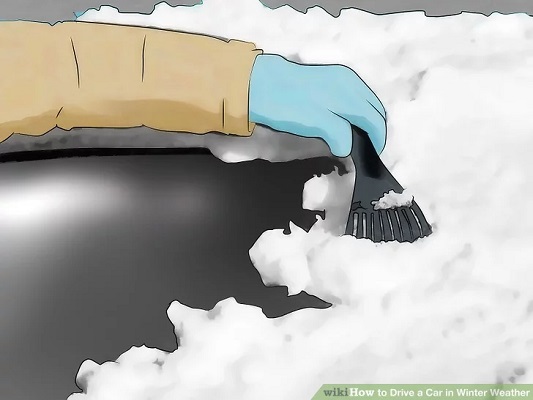
Source: Wikihow.life
2. Reduce your speed so you can stop in time. You may be stressed and running behind, but your safety comes first! Snowy weather isn't the time to drive fast. Keep your speed well below the speed limit so you can stop without slipping or skidding.

Source: Wikihow.life
3. Leave 5-6 seconds of space behind other vehicles. Even if you're going slow, it can still take some time to stop on an icy road. If you're following other cars, leave at least 5-6 seconds of following distance. This gives you plenty of time to stop safely.[4]
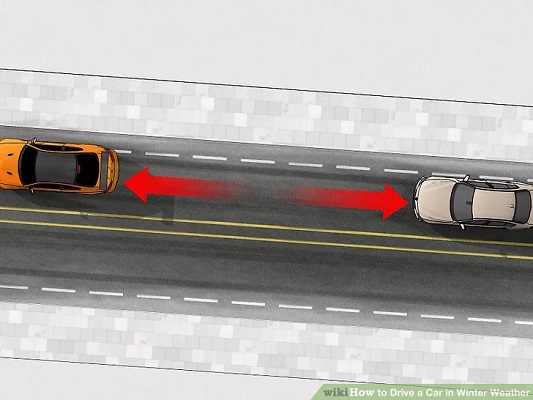
Source: Wikihow.life
4. Drive smoothly so you don't skid. Jerky movements can make your car skid out of control, so be very careful and drive as smoothly as possible. Press your brake and gas pedals gently to stop and accelerate smoothly and avoid skids. Turn your steering wheel slowly and smoothly as well.
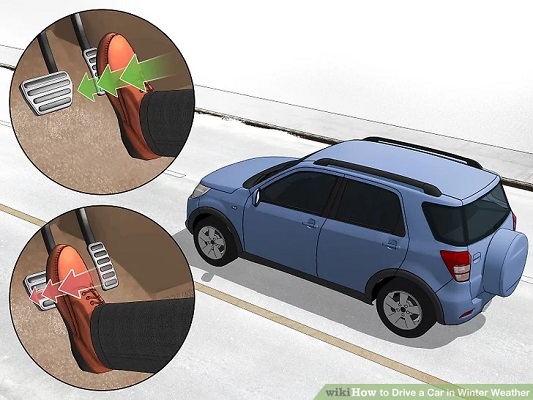
Source: Wikihow.life
5. Brake smoothly to come to a controlled stop. If the roads are icy, you could skid if you brake too hard. When you have to stop, apply gradual pressure to your brake pedal and slow to a complete stop. This should prevent you from slipping or losing control.

Source: Wikihow.life
6. Avoid speeding up hills. When you approach a hill, don’t press the gas pedal hard to try and go up it. This can cause your tires to spin. Instead, build up a bit of speed leading up to the hill, then switch back to your normal speed when you're going up the hill. Don’t stop on the hill if you can avoid it or you might get stuck.
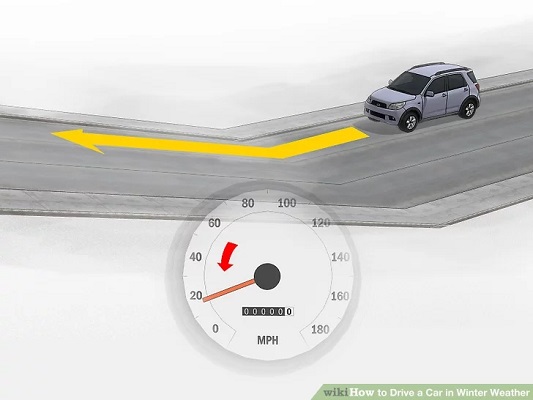
Source: Wikihow.life
7. Ease off the gas if you skid. Skidding can be extremely scary, but it's normal if you're driving in a winter storm. Most skids are quick and all you have to do is let the gas pedal go until the tires regain traction. Once you have control again, turn your steering wheel in the direction you want to go and slowly press the gas again.

Source: Wikihow.life
8. Turn with the skid if you're starting to spin. This is the scariest type of skid, so do your best to remain calm. If you're actually starting to spin out, let go of the gas and turn your wheel in the direction you're spinning. This prevents the car from skidding further. When the car stops or regains traction, then turn your wheel back in the direction you want to go and press the gas gently.

Source: Wikihow.life

Source: Wikihow.life
10. Pull over and stop if the weather is getting worse. Winter conditions can change quickly, especially in a storm. If the weather is taking a turn for the worst, it's best to stop driving and stay safe. Find a safe place to pull over, or consider stopping at a nearby motel to get off the road. Then, you can try again when the weather is better.
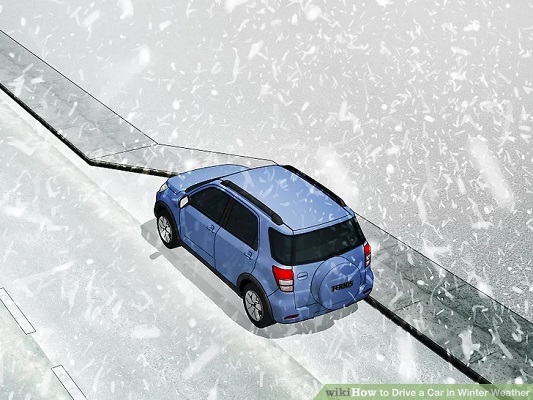
Source: Wikihow.life